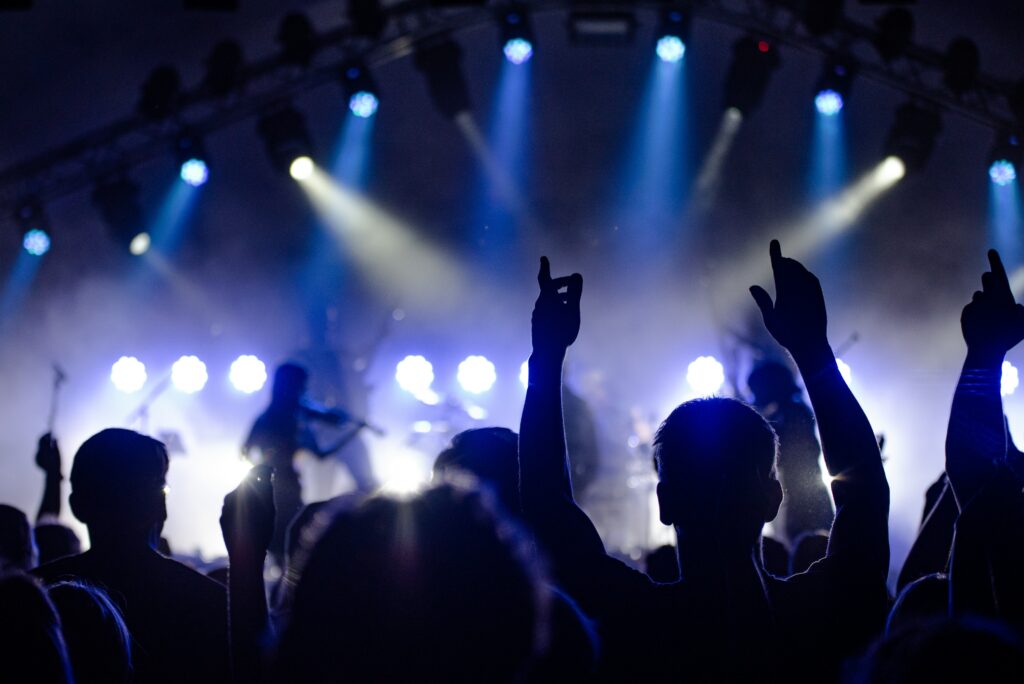How To Light Up A Show: Five Things To Keep In Mind – Score Short Reads
Who are you lighting for?
This was always a discussion at the work tables. Do you light for the public present or do you light for the spectators who are going to see it on video or TV?
Some time ago it was customary to offer a special function with changes in lighting so that the cameras could record the show in question. If there was an audience at this function, it was communicated that the lighting would undergo changes for that purpose; this was because the capture technology, or to be more specific, the sensors were not as sensitive as the human eye.
Today this discussion is over, the challenge is to illuminate so that the spectators and those who watch on TV obtain the same experience of lighting a show.
This is achieved with a lot of design work, but also with technological help, the sensors of the cameras are much more sensitive, even more sensitive than the human eye.
Time is important
Many times when lighting designers face the challenge of lighting medium or large shows, they feel the need to capture everything they have learned and use all available resources.
It’s important to understand that gear doesn’t magically set itself up, artifacts don’t come into focus on their own, and scenes don’t come together in an instant. It is much more effective to do little, but well!
The concept in your design must be strong enough that it can be represented with 400 top-of-the-line or 40 conventional artifacts.
The challenge as a designer is to generate a lighting language that is simple, solid and easy to communicate.
Functional light and artistic light
Among the artistic concessions that illuminators have to make when creating the lighting setup for a show is choosing between different technical resources.
Sectorize to highlight something, work on intensities to generate certain emotions or choose colors in harmony with the art of the show. All this must be well differentiated from the functional light.
For example, if a live music show is going to be broadcast on TV many times, you have to prepare a standardized and functional front light for the cameras where you do not find color temperature variables. In a slightly more complex example, if you work with the television coverage of a festival, many times you are asked to be able to illuminate the public, this helps the organizers to show that it is a box office success, or if it was bad, hide it and just put on screen the sectors where there are people (the magic of TV).
Theatrical Atmosphere.
Currently, shows are thought of as an experience and that experience begins with the first contact that the spectator or potential spectator has with the show, it can be in advertising or simply when buying the ticket. All these stimuli suggest the viewer and with careful continuity they can be the right beginning for this experience to result in the momentum you are looking for.
When working with cameras, take care of the color temperature.
After defining the aesthetics or choosing the color temperature that you are going to use, it is convenient that the artifacts that you use are standardized, to explain it with a clear example, if you are going to make an arrangement of frontal lights and within the artifacts, there are different light sources such as tungsten, led or HMI lamps these must have filters to match the color they emit. If these sources are not filtered by contrast, the coldest ones will turn blue and the warmest ones will turn reddish, this will be more noticeable on a camera.








